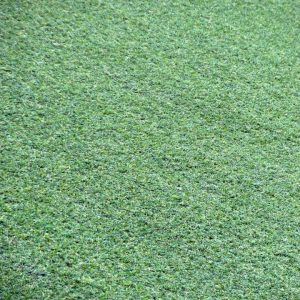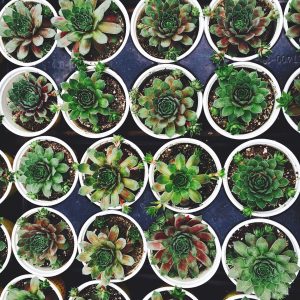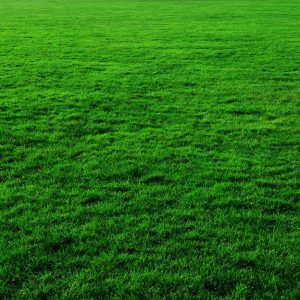E-Learning Structure
The duration of this online course is 100 hours. This consists of 11 in-depth lessons:
- Introduction to the Nursery Industry: production systems, transport regulations, PVR
- Plant Identification and Taxonomy: systematic botany, plant families, leaf and flower parts
- Nursery Structures and Buildings: greenhouse management, structures for nurseries
- Potting Mixes: U.C. soil mixes, understanding soils, growing media
- Seed Propagation: quality, sources, storage, germination treatments
- Cutting Propagation: stock plants, hormones
- Other Propagation Techniques: tissue culture, division, separation, layering, grafting
- Plant Nutrition in the Nursery: nutrition management,
- Pests and Diseases Control: hygeine
- Other Nursery Tasks: nursery irrigation, modifying plant growth
- Marketing and Sales: sales methods
Course Aims
- Speak with a nurseryman who sells plants to research shipping plants to other localities.
- Collect, dissect and observe flowers and leaves from six different plant species belonging to two plant families.
- Speak to some of the nurserymen you have contacted throughout the course to date. Find out what you can about their preferences for different types of greenhouses and different shade houses.
- Prepare two different types of propagating media; a soil-less potting media for general use in container growing of plants and a general potting mix containing some soil.
- Contact and collect catalogues from at least six different seed suppliers.
- Collect seed from at least three different plants growing in gardens or bushland and sow this seed.
- Contact (by phone) at least six different nurseries to research seed sourcing.
- Prepare a pot of cuttings and estimate the cost of production for each cutting produced.
- Obtain some pieces of wood and practice preparation of grafts and buds. Prepare three other grafts on a living plant.
- Visit or contact a nursery or stock agent who supplies fertilisers. Research the various types of fertilisers available and their appropriate applications.
- Obtain a soil-less growing medium (such as vermiculite, perlite, sand and so on or a mixture), which has had no fertilizers added to it at all. Fill 4 pots with this medium and plant 4 seedling plants into the pot. Obtain some different types of fertilizers and feed three of the pots, each with a different fertilizer…do not feed the fourth pot at all. Grow for 2-3 weeks and then observe the differences in growth between each pot.
- Identify as many pest or disease problems as you are able to for a given set of plants.
- Contact three irrigation companies to find out what types of irrigation equipment are available for nursery irrigation. Try to get a comparison on prices between the cheaper systems and the more expensive systems which are available.
- Visit two different nurseries to research the techniques which are used in modifying plant growth.
How Does A Warnborough Online Course Work?
You can start the course whenever is convenient for you. You will be studying from home and have access to support from our qualified tutors. Practical exercises and research tasks will be set at the end of each lesson – including an assignment. You will submit this assignment to your course tutor, who will mark your work and give you constructive feedback and suggestions.
If you have any questions please contact us.





